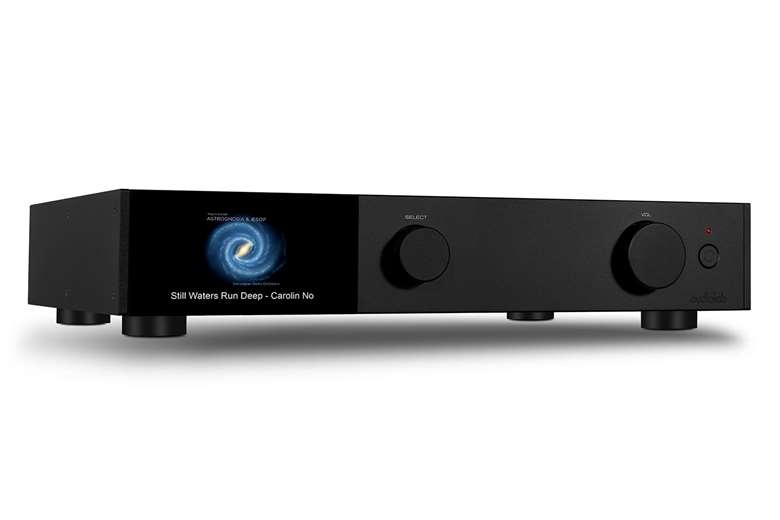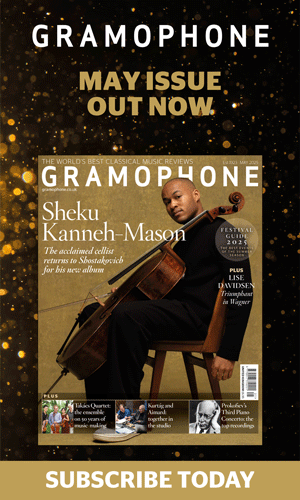Review - Audiolab 9000N: ‘A major achievement on many levels’
Andrew Everard
Friday, January 3, 2025
This flagship player eschews the technology of the company’s other models for a clean sheet approach – well, almost – and is all the better for it

Register now to continue reading
Thanks for exploring the Gramophone website. Sign up for a free account today to enjoy the following benefits:
- Free access to 3 subscriber-only articles per month
- Unlimited access to our news, podcasts and awards pages
- Free weekly email newsletter










